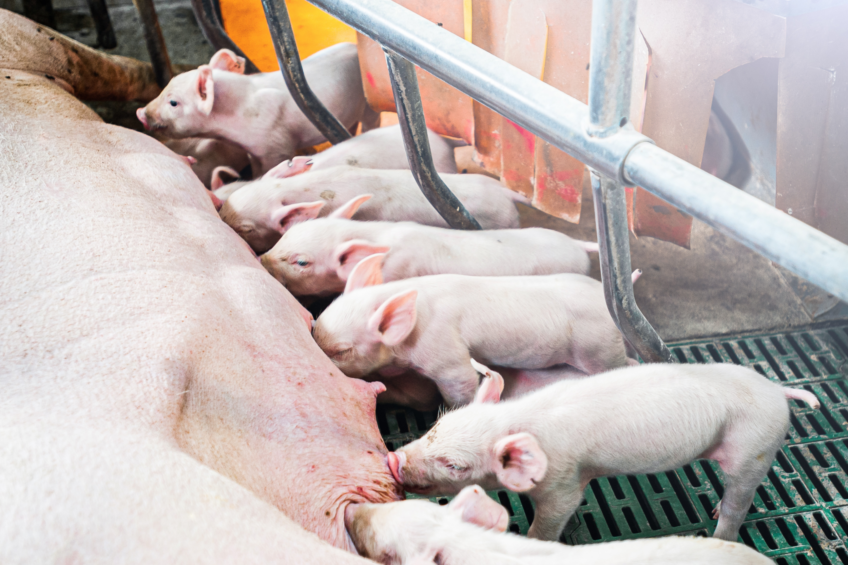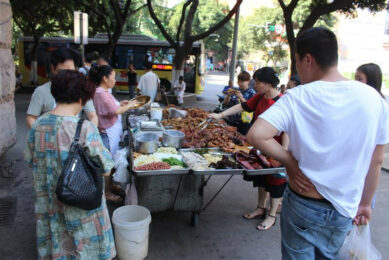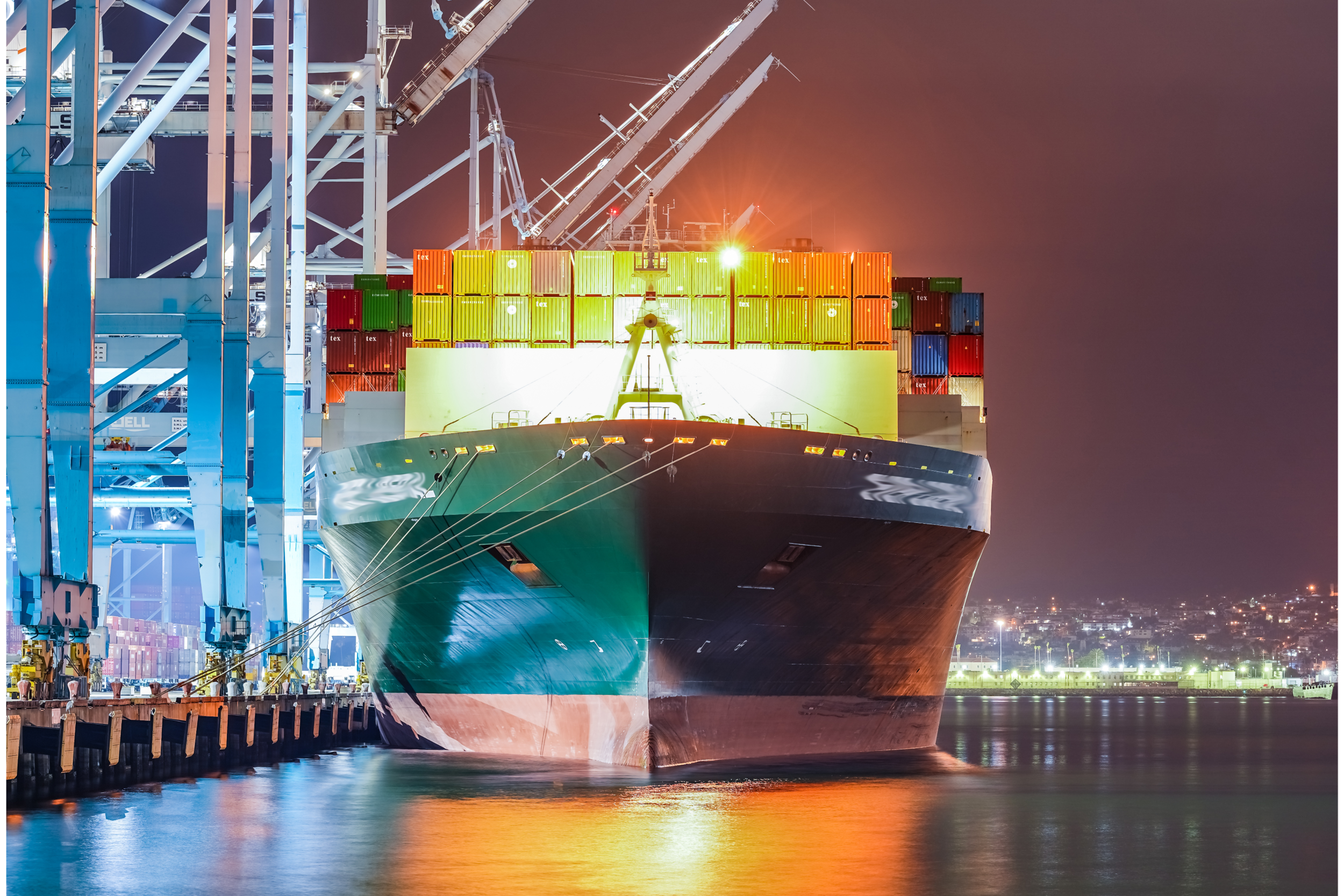Weak exports and dependence on piglet imports hurts Poland’s pig farms

The general mood in Poland’s pig industry is somewhat depressed, Bartosz Czarniak, a spokesman from Poland’s pig farmers and breeders association Polsus, told a local news outlet Cenyrolnicze.
During the last weeks of December, pork prices in Poland stagnated. “I know that for those who were counting on a revival, this is poor consolation, but looking at what is happening on the market at the moment, this is, in fact, optimistic news,” Czarniak said. He indicated that “across the Oder”, the average pork price is Eur 1.92, or PLN 8.18.
In this background, he indicated that quite a few fattening farms, which purchased imported piglets hoping for better prices, now have to sell pork at a loss.
World’s most expensive pork
Prices have yet to reach the desired level because of waning demand for Poland’s and, in general, European pork on foreign markets, he assumed. “European pork is among the most expensive – if not the most expensive – in the world, which is why export results are falling,” he said.
The EU pig industry is losing ground on the global market. Everything indicates that in 2024, the United States will overtake the European Union and become the world’s largest exporter of pork, agreed Jakub Olipra, economist at Credit Agricole Polska Bank.
Our production is expensive since we deal with high labour and feed costs, especially if we compare ourselves to Brazil or the United States
One of the key reasons for the negative trend is ASF, which restrains pork imports from nearly 40% of the EU territory, Dr Olipra said. “High production costs are another factor for weak pork export. Our production is expensive since we deal with high labour and feed costs, especially if we compare ourselves to Brazil or the United States. If we add regulatory elements to this, such as costs related to welfare or limiting the negative impact of agriculture on the climate, our advantage weakens even more,” Dr Olipra added.
Breeding sector is a priority
Czarniak said Poland needs to develop breeding farms to bolster the average pig industry’s profitability. “The dependence of the domestic market on imported piglets is clearly taking its toll, which is why we should take care of the domestic sow herd,” Czarniak said. “We should strive to rebuild our own piglet production,” Dr Olipra echoed the claim. “Without our piglet production, with such a high dependence on imports from Denmark, it is difficult to even talk about food security in the pork market”.
Pork is the most popular type of meat in Poland, but nearly half of all pigs are grown in the country from imported piglets. “In my opinion, we should focus on rebuilding parent farms. All the more so if we look at the welfare policy in the EU. The limitation of animal transport time is still hanging in the air. This remains a big risk factor for fattening farms looking for piglets on the market,” Olipra added.











